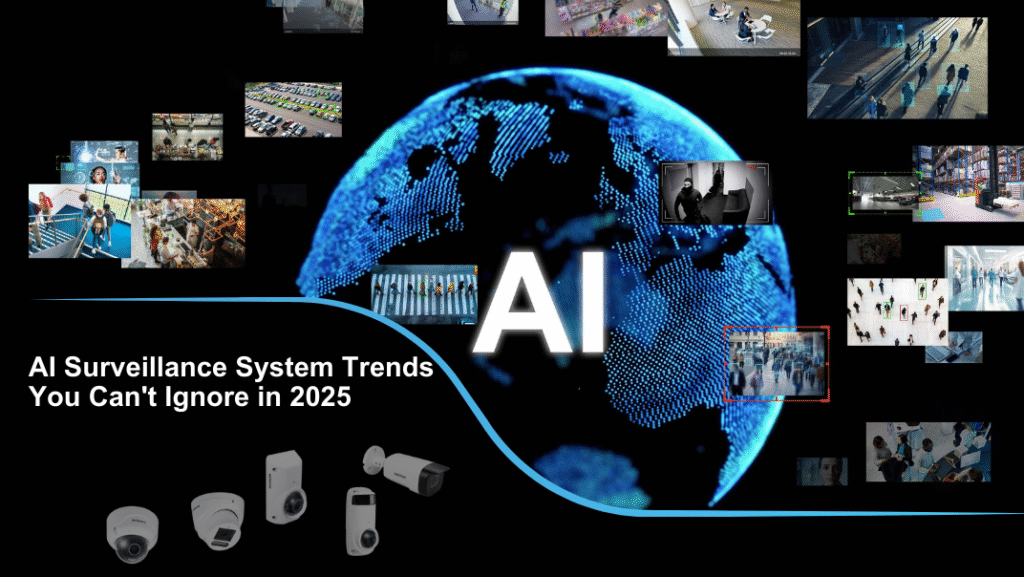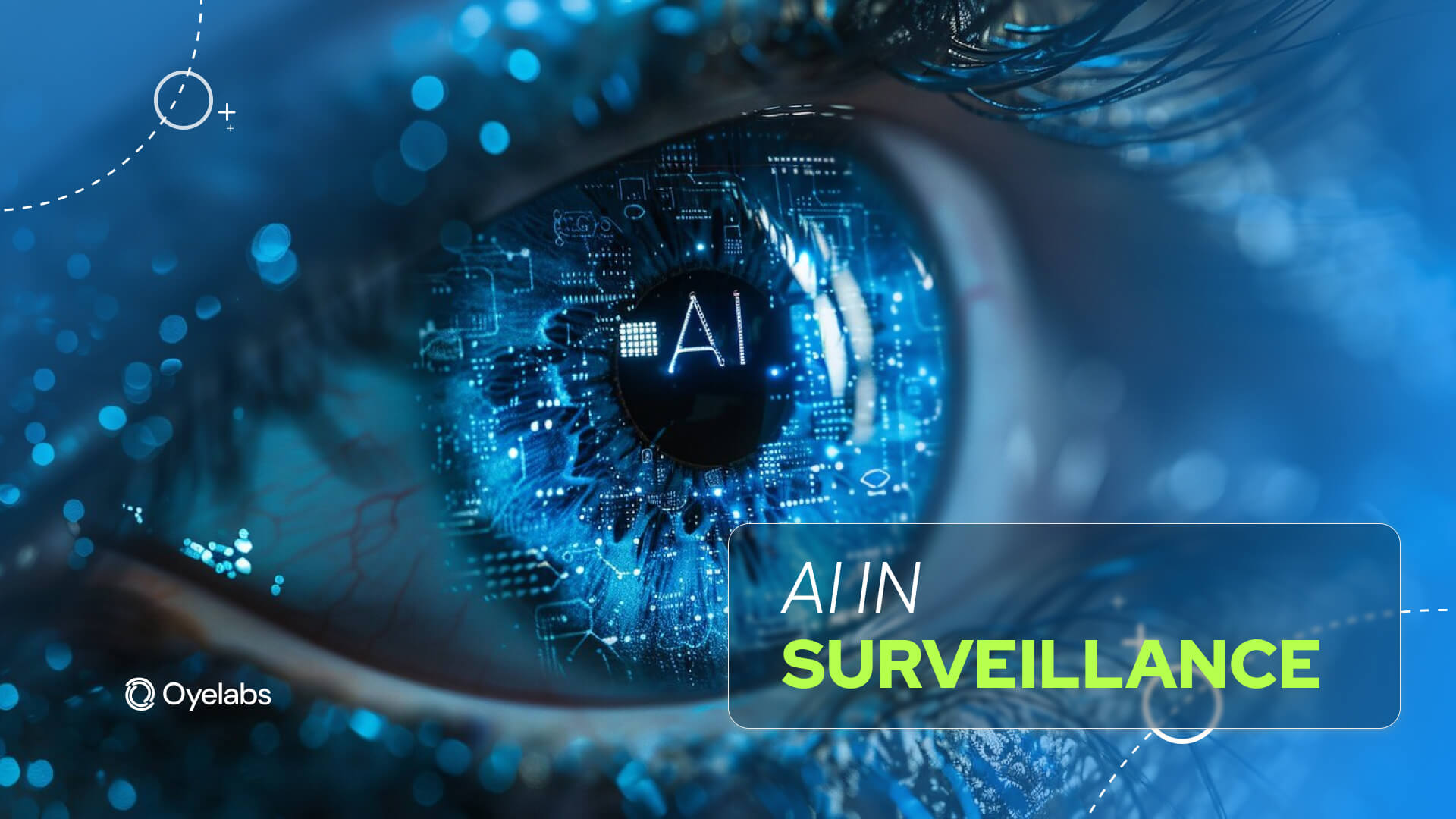Introduction: When Technology Becomes the Accuser
In 2025, prosecutors across the U.S. are relying more heavily on AI surveillance evidence in criminal cases. From facial recognition to predictive policing, these tools are marketed as objective and accurate. But in reality, they often contain hidden flaws—errors that can put innocent people behind bars.
That’s why AI Surveillance Evidence Defense is one of the most important emerging strategies in criminal law. Defendants and their attorneys must know how to challenge unreliable technology before it unfairly determines the outcome of a case.
Table of Contents
What Counts as AI Surveillance Evidence?
AI surveillance is not limited to one tool. It covers a range of technologies, including:
- Facial recognition software – increasingly used in states like New York and Michigan.
- Predictive policing programs – algorithms that “forecast” crime locations or individuals.
- Drone and CCTV analytics – AI-enhanced monitoring that identifies suspects in crowds.
- License plate recognition systems – scanning millions of cars daily.
- Voice and chatbot monitoring – reviewing digital conversations for incriminating patterns.
While these technologies sound advanced, they are not infallible. Errors and biases often go undetected until challenged in court.
The Legal Challenges With AI Evidence
Courts are beginning to recognize serious problems with AI-based prosecutions. Defense lawyers focus on four main areas:
- Accuracy Problems – Facial recognition systems, for instance, have higher error rates with women and people of color.
- Algorithmic Bias – Predictive policing often reinforces racial profiling by labeling minority neighborhoods as “high risk.”
- Constitutional Issues – Surveillance without a warrant can violate the Fourth Amendment.
- Transparency Gaps – Many AI tools are proprietary, meaning defense teams cannot inspect how decisions were made.
These weaknesses give attorneys opportunities to discredit AI surveillance evidence in court.

Real-Life Example: Wrongful Arrest in Detroit
In Detroit, Michigan, police used facial recognition software to identify a man accused of shoplifting. The system flagged him as a match, leading to his arrest. But when defense attorneys reviewed the case, they uncovered that the software had a history of false identifications in the city.
After expert testimony challenged the accuracy of the technology, the charges were dropped. This case highlighted the dangers of relying solely on AI without human oversight—and reinforced the need for strong AI Surveillance Evidence Defense.
How Defense Lawyers Fight AI Surveillance Evidence
A skilled defense lawyer can use several strategies to challenge AI in the courtroom:
- Demand Algorithm Disclosure – asking judges to require access to the software’s source code.
- Cross-Examining AI Experts – using independent specialists to show error rates and biases.
- Filing Suppression Motions – seeking to exclude illegally obtained surveillance evidence.
- Exposing Bias – presenting research that shows how AI disproportionately misidentifies minorities.
- Highlighting Case Law – citing rulings where judges limited or struck down AI-based evidence.
These defenses don’t just protect one case—they set precedents that influence future trials.
What Defendants Should Do If AI Evidence Is Used Against Them
If you are facing charges where AI technology was used, here are urgent steps:
- Do not admit guilt based on AI evidence alone.
- Hire an experienced criminal defense lawyer who understands AI cases.
- Document everything—when police mention AI, ask what technology was used.
- Act quickly—the earlier your lawyer files challenges, the stronger your defense.
Remember: AI is a tool, not a judge. You still have constitutional rights that must be defended.
Why AI Surveillance Evidence Defense Matters
AI surveillance is here to stay. Cities like New York, Los Angeles, and Chicago are expanding their use of AI tools in policing. Without strong legal pushback, flawed technology could become the standard of evidence in courtrooms across America.
A dedicated AI Surveillance Evidence Defense strategy ensures that defendants are not convicted by algorithms but judged fairly under the law.
Conclusion: Protecting Rights in the Age of AI
Technology may evolve, but justice must remain human. AI surveillance evidence defense is not about rejecting innovation—it’s about demanding fairness, accuracy, and transparency.
If AI evidence is being used in your case, you need an attorney who can question it, expose its weaknesses, and protect your future. Don’t let flawed algorithms decide your freedom.

Suggested YouTube Video to Embed 🎥
Title to Search on YouTube: “Facial Recognition and AI in Criminal Justice: The Risks of Wrongful Arrests”
(A reputable explainer video will boost engagement and strengthen SEO.)


Leave a Reply to Admin Cancel reply